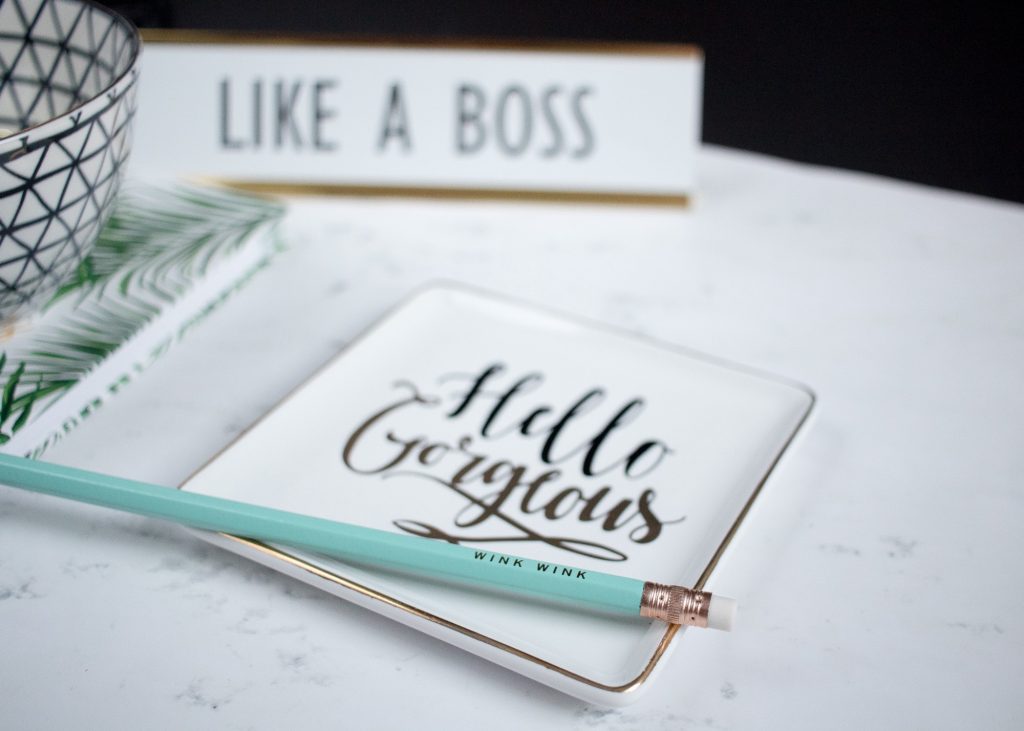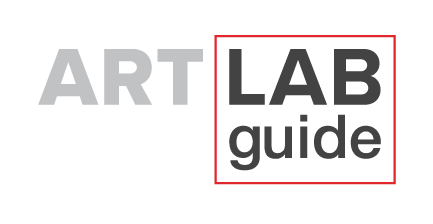
See what I did there? As a freelance designer, it was only more recently that I realized I could also design my days as opposed to taking things as they come. We’ve all been there, days where you felt super busy (and tired) after a long day, but sat back and thought, where did my day go? And what did I actually accomplish? What’s worse, we may not have even gotten around to the things that matter most to us. For some of us, this is our everyday.
What if you’re able to take back the time in your day to make time for what matters most and accomplish more each day? What would your ideal day look like — and what if you could achieve that ideal, everyday? (Or at least for most days?)
Work-Life Balance
Managing my time has always been something I’ve struggled with and something I’m continuously learning to be better with, especially as I strive to be more productive. We all have busy schedules between family commitments, work, school, daily commuting, spending time with loved ones, taking care of our health, pursuing other interests — the list goes on, yet we all have the same 24 hours in a day. I mentioned in the last article about podcastsas a way for me to be more conscious about what I consume for media, but it was also a way for me to make time for my own personal development, whether it be for design or my side hustle.
“In today’s environment, the key to true productivityis not to get more things done, but to get the right things done.”
— Adam Merrill, Co-Author of the 5 Choices to Extraordinary Productivity
A few months ago, one of the tools I came across from a free workshop on freelancing at Code College was conducting a time audit. To conduct a basic audit, you can spend at least a day — a week would be best — recording where you spent your time, especially between tasks, events, and even small breaks. And to get a more accurate snapshot of your time, you could even use an app such as Now & Then (there are free and paid versions) as recommended by Matthew Encina of The Futur. Or you could be old school and write it down, or try a spreadsheet template like the one I created here (feel free to make a copy!).
Once you have everything noted down, take some time to really review the amount of time you spent on tasks, and especially on your down time. You’d be surprised where time flies hopping on social media, watching TV or binging on Netflix, playing games, etc. But these are the moments you can really take control over. You don’t have to give up everything and become a monk (although Jay Shetty did that for some time — more on that later), but maybe instead of watching TV for 2 hours, take 1 hour to learn a new skill, write that book, start your business, work out — whatever’s been on your must do list. If you did that everyday for a month, you’d have about 30 hours. Continue this for a year, and you’d have a little over 9 working weeks (based on a 40 hour per week schedule). You get the idea. But even in as little as 30 minutes a day of complete focus on something that is truly important to you, can make a world of a difference, especially when done consistently. To take it even further, maybe some days you don’t have a full 30–60 minutes in one go — try breaking that time down into chunks of 10–15 minutes of uninterrupted time working on what’s important to you.

You Don’t Find Time You Create Time
In Tim Ferriss’ book, Tools for Titans, screenwriter Brian Koppelman (co-writer of Rounder’s and Ocean’s Thirteen), shares that he would write with his best friend for 2 hours every morning and some Sundays before they would go to work.
For Gary Vee, he’s dubbed 7pm-2am the “Over Time” grind. This is the time where your dreams begin and execute, execute, execute. Although this might not be for everybody, do what works best for you. Maybe it’s that hour before going to work, trading a few lunch breaks a week to work on your side hustle, or it’s a couple hours a night after the kids go to bed, and you set aside time to work on your next project. If it’s important to you, make the time.
Use the time audit exercise to gauge how best to optimize your time. Even with a full day of work and other commitments, block off times in your schedule and maximize your down time. Going back to the audit example I created after the freelance workshop, you can see the snapshot of my typical day on the left, and the maximized version on the right, making use of my 15 minute coffee breaks and lunch breaks to work on projects, my side hustles, creating designs/content, reading, learning a new skill, etc. What has worked best for me has been finding what time of day I am most focused, and blocking off that time to execute. I tend to work better late nights, or certain rare early mornings before work if needed. It’s best to experiment with your own schedule and keep tweaking as you go along. For me, I still like to have my weekends, at least 1 full day for me and my family if not the whole weekend, so I would rather work and hustle more during the week, and keep those days free. Also, keep in mind that change and taking action will be your biggest hurdle. A lot of us want the change in our life, but taking action on it consistently is something different altogether. Just start wherever you are, and then find what works for you. Soon enough, your small consistent steps can lead to building good habits you can keep.
“Putting first things first means organizing and executing around your most important priorities. It is living and being driven by the principles you value most, not by the agendas and forces surrounding you.”
Creating Rituals & Scheduling the Big Rocks First
In an article for Forbes, Shelley Zallis talks about life blocking, or what she calls “life dimensions.” As a busy CEO and mother, she doesn’t believe in work-life balance, but instead, promotes maximizing doing what is most important to you each day, and knowing that your life dimensions are flexible, reorganizing and re-prioritizing what’s most important as you go through different life stages. A ritual she created with her children when they were younger, was stopping at a coffee shop in the mornings on the way to taking them to school. During their car ride, they would share laughs and stories. This was how they would start the day and really connect with each other.
“I realized early on in my career that no one at work would remember if I stayed late for a project, but my kids would remember if I missed something important to them. That no-regret policy became my North Star.”
— Shelley Zallis
Early in her career, Shelley made a no-regrets policy as a young executive, and maintained the same later on for her employees as a boss. She made sure to schedule non-negotiable important events in her calendar first, and encouraged others to do the same. Stephen Covey calls this scheduling the big rocks. Overall it’s about deciding what’s important, and then focusing your attention and energy on those things first.
Creating Your Ideal Day because Time is All You Have
Before I end here, I’d like to provide more resources about creating more winning days. If you’d like some science to back up creating your most optimized day, I highly suggest checking out Aubrey Marcus, the author of “Own the Day, Own Your Life” and the CEO and Founder of Onnit, a lifestyle brand based on a holistic health philosophy he calls Total Human Optimization. I first came across Aubrey Marcus from the Unmistakable Creative Podcast. During that episode, he discusses more about his book, which is like a handbook for how we can get the most out of our bodies and minds on a daily basis, and sharing the science behind optimizing our daily habits. To get an idea, check out this brief reference guide Aubrey created based on his book. Overall, the key is creating small, actionable changes and implementing them one day at a time, turning them into daily habits, which eventually turn to weekly routines, and ultimately become lifelong healthy choices.
___
Additional Resources
Aubrey Marcus on Daily Routine & the Creative Process
Free Udemy Course — A Mini Course on Time Management
How carving out time for what matters most to you is a life-changer
The One Thing People will Massively Overpay For
Stephen Covey’s Time Management Matrix Explained
5 Steps to Running a Time Audit and Figuring Out Where Your Time is Going (Free Template)

